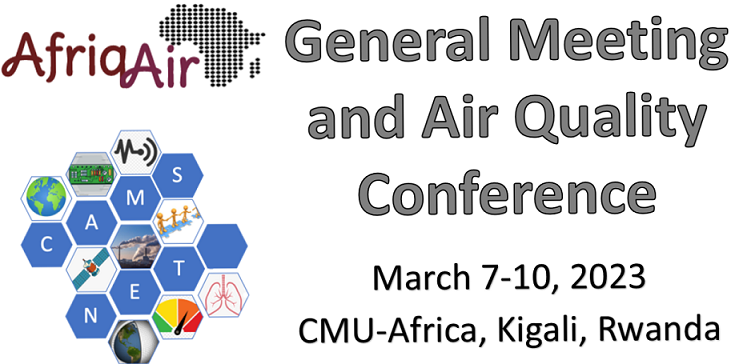Speaker
Description
Air pollution is a major threat to public health. By reducing environmental impacts, countries can reduce the burden of illnesses such as stroke, heart disease, lung cancer, and chronic or acute respiratory diseases (such as asthma). This study assessed indoor aerosol exposure in the Akure metropolis (residential, office, commercial area, and laboratories). The profiles of average PM10 and PM2.5 levels indoors were higher than 15 (annual) and 45 μg/m3 (24 h) (PM10) and 5 (annual) and 15 (24 h) (PM2.5) respectively of the WHO air quality guidelines for 2021. CO2 levels in all locations were lower than the WHO guideline (1000 ppm). The mean PM2.5/PM10 ratios observed in all the rooms were 0.23 – 0.56 with the overall values, ranged 0.12 – 1.00. Pollutants, temperature, and relative humidity showed weak relationships. In addition, the toxicity potential of the pollutants was less than one. In most study areas, the mean AQI for PM10 and PM2.5 (annual) range between good and moderate. Similarly, the mean AQI for PM10 and PM2.5 was either good or moderate (24 h). The highest indoor AQI levels were unhealthy and dangerous. The Hazard ratio (HR) for PM2.5, PM10, and CO2 were less than one in most locations. HRs <1 exposure levels are unlikely to cause any negative health effects. Although the monitored environments are unlikely to pose any threat, efforts should be directed toward constant monitoring, mitigation, and adequate indoor ventilation.

